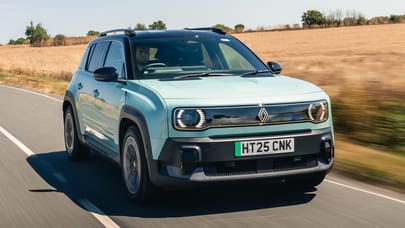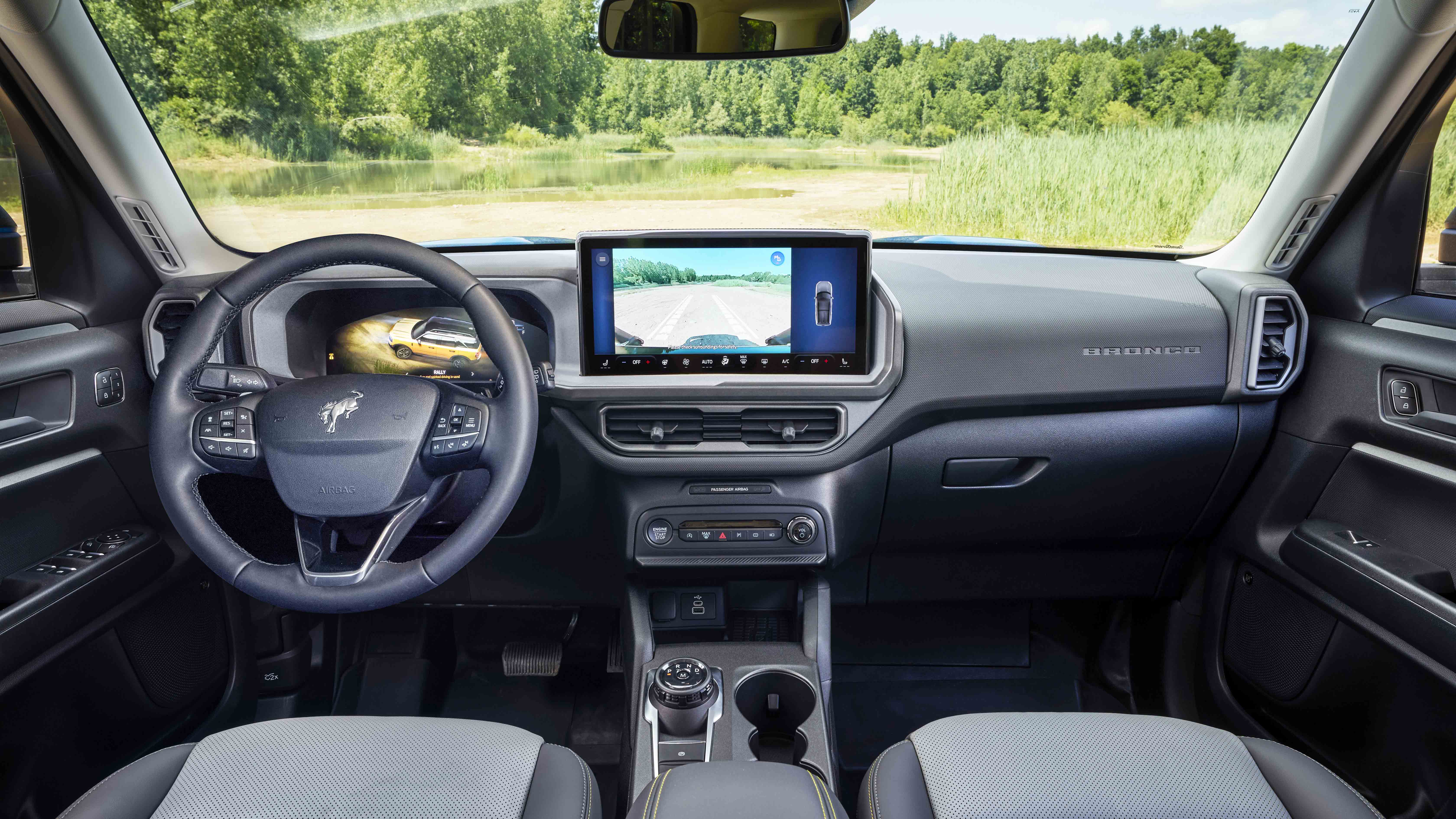
Ford Bronco Sport review
Driving
What is it like to drive?
On the road it could be much worse... but also far better. We’re understandably more taken with the 2.0-liter, but either engine is basically fine for normal commuting. With that said, the bigger engine makes a better show of it, particularly with how Ford engineers it to sound more throaty inside the cabin.
All that bluster makes for fine driving in a straight line but when it comes to any bend in the road sharper than a kink, the baby Bronco feels stiff and too tightly wound at the hips. Though we tend to collectively make excuses for off-road vehicles being blah on the on-road bit, it feels like a stretch to give the Bronco Sport the same hand-wave.
Okay, so how is it off the road then?
When it’s time to trundle beyond the pavement, the Bronco Sport does its badge proud, but in a cutesy way, like when you see a baby elephant trying to pick something up with its trunk. You just sort of go 'way to go, little one!' whenever the mildest obstacle is surmounted. To put it another way, we were super pleased with ourselves after climbing the Bronco Sport up a boulder-laden desert hill, only to see our F-150 and Bronco Raptor support vehicles clamber up the rough side without breaking a sweat.
Keeping all of this in perspective, though, it’s a useful tool to have and it can take a pounding, meaning you can throw it at the same problem over and over again until you get around it. Of the two engines, the 2.0-liter is the most versatile for light to moderate terrain challenges, which also has the bonus of being the more fun one due to its ‘rally’ drive mode.
Like the Baja mode that preceded it, this setting splits the difference between off-road traction management and stability control mixed with higher throttle response for fast runs on flat surfaces.
How about rock crawling?
For more technical sections, the Bronco Sport’s rock crawl modes and trail control are indispensable. The former will properly math its way up a rocky climb while the latter is a very welcome tool when it comes to descending carefully and patiently back down. Essentially, trail control allows you to dial in a low speed like one or two mph so you can carefully creep down a sketchy surface without tumbling down too fast.
Featured

Trending this week
- Car Review
BMW 1 Series
- Top Gear's Top 9
Nine dreadful bits of 'homeware' made by carmakers






